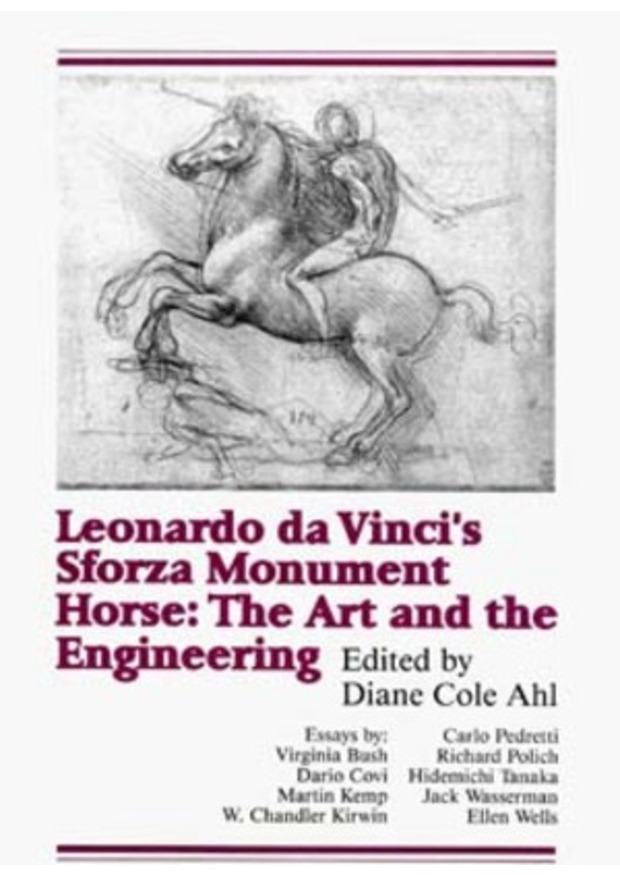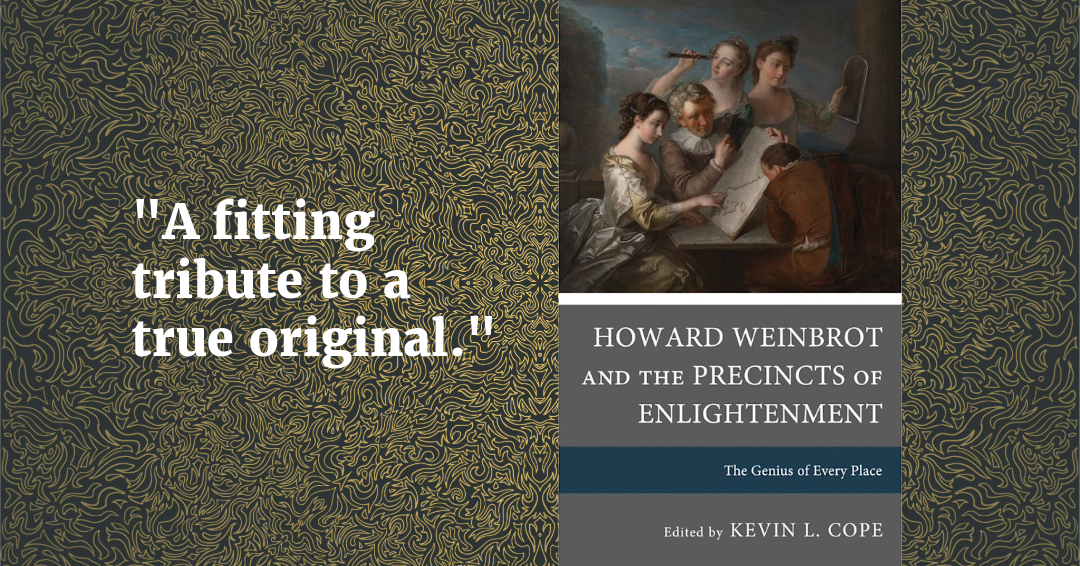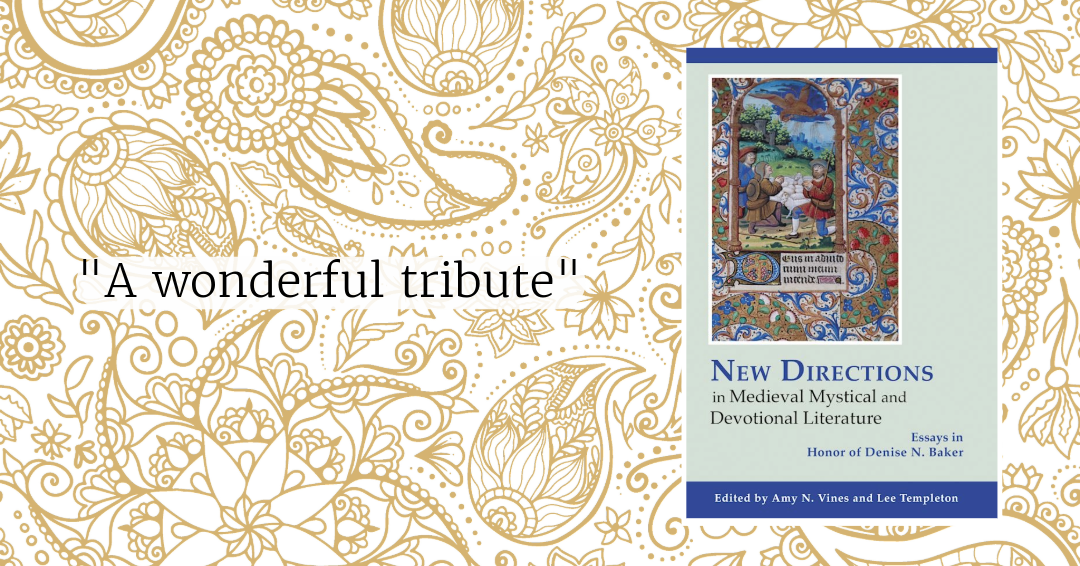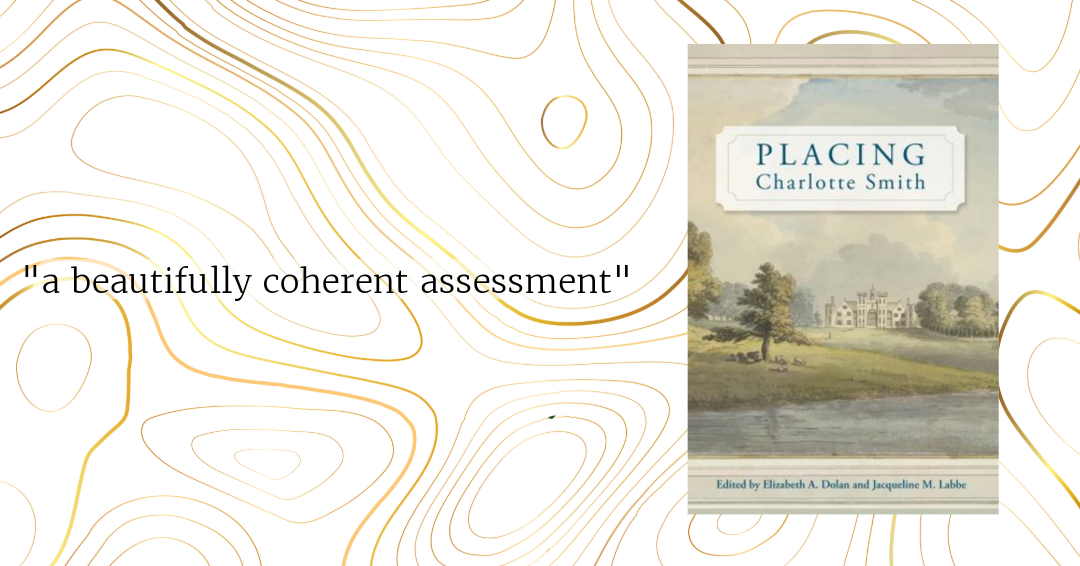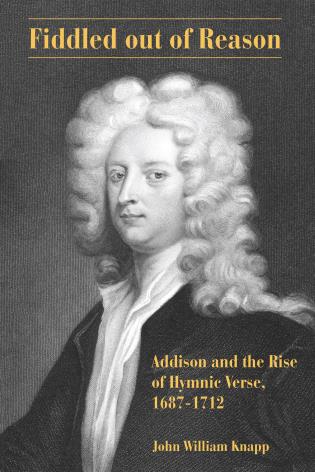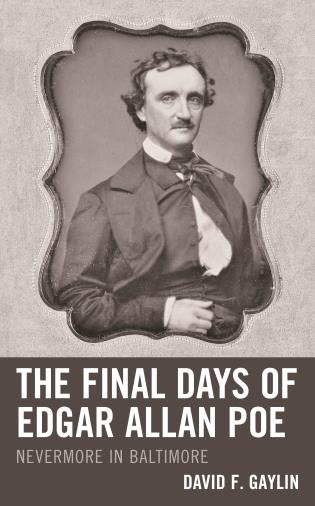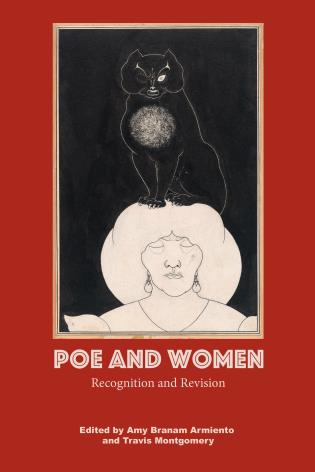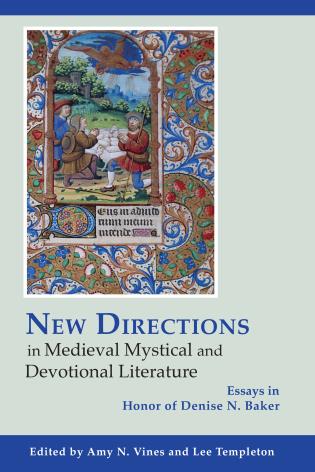The Art and the Engineering
This volume is the first book-length study of Leonardo da Vinci's Sforza Monument Horse, which was designed in the 1480s as a colossal bronze equestrian monument to Francisco Sforza, the duke of Milan, but never executed.
At twenty-four feet in height, the Sforza Monument would have been the largest equestrian statue ever made. During his seventeen years in Milan, Leonardo researched the project intensively, making scores of drawings of horses and technological studies for its casting. He prepared the clay model and molds for the great horse and invented a novel technique for its fabrication, but with the fall of Sforza from power in 1499, the bronze colossus, recognized in its own day as a symbol of the master's genius, was never cast.
Illustrated by 87 black-and-white plates, this study reevaluates this great project 500 years after its genesis. Ten essays by Renaissance art historians, specialists in bronze-casting technology, and an equine historian discuss the Sforza Monument in full light of its artistic, historical, and technological importance. Editor Diane Cole Ahl introduces the volume with a summary of the early scholarship and the contributions of these papers. Carlo Pedretti recreates the historical and artistic context in which the Sforza Monument was created, proposing new evidence for the monument's original appearance. Dario Covi traces the evolution of the equestrian monument from its origins in ancient Greece. Ellen Wells documents the role and importance of the horse in Renaissance courtly and diplomatic circles. Martin Kemp analyzes Leonardo's drawings for the monument, seeing it as a paradigm of the master's thought in which art, science, and technology were ideally reconciled. Virginia Bush reconstructs the propagandistic contexts of the Sforza Monument as they reflected the ambitions of its patron, the artist, and the age itself.
The final essays look at Leonardo's project from the perspective of bronze-casting and engineering technology. W. Chandler Kirwin relates Leonardo's plans for casting the Sforza Monument to Renaissance armaments technology and foundry practices. With enlightening insights on two recent efforts to recreate the Sforza Monument, Jack Wasserman analyzes the history as well as the aesthetic and ethical value of sculptural replication. Hidemichi Tanaka discusses the aesthetic and technical decisions he made in recreating a full-scale, fiberglass version of the Sforza Monument in Nagoya City, Japan. Finally, Richard G. Polich of Tallix Foundry analyzes Leonardo's original plans for casting the horse and describes the challenges that will be confronted in making a full-scale, bronze reconstruction of the monument for Leonardo da Vinci's Horse, Inc.
